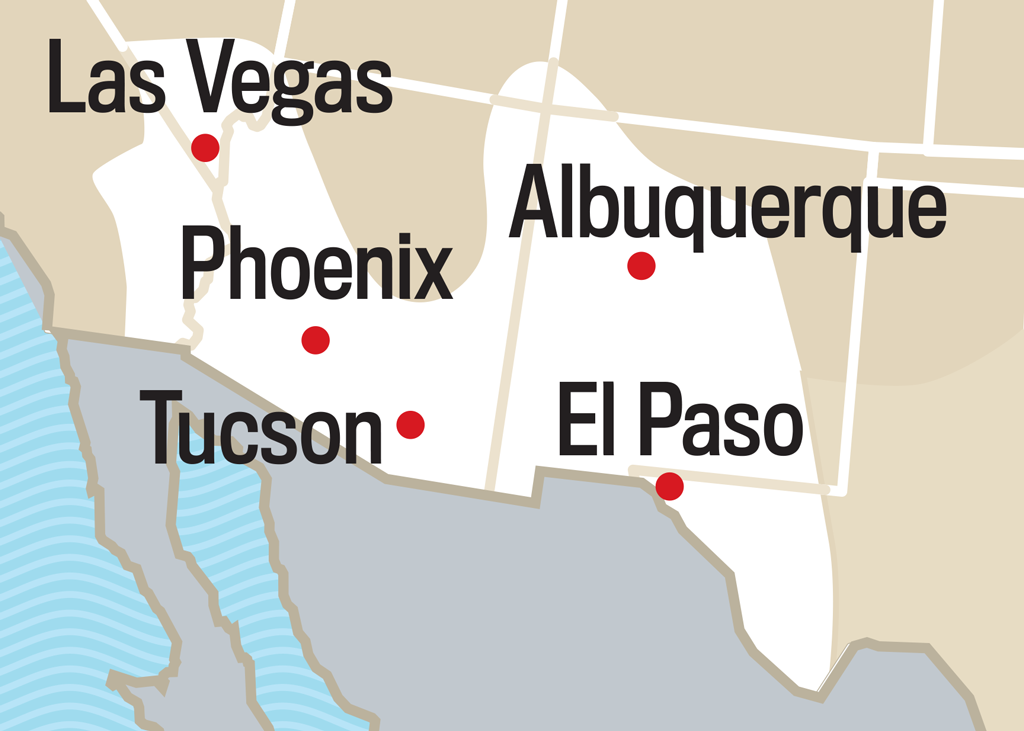For daily wit & wisdom, sign up for the Almanac Daily newsletter.
60-Day Extended Weather Forecast for Mesa, AZ
Free 2-Month Weather Forecast
| Dates | Weather Conditions |
|---|---|
| Jun 1-10 | Sunny; hot east, warm west |
| Jun 11-21 | Isolated t-storms, hot |
| Jun 22-30 | Sunny, hot east; isolated t-storms, warm west |
| June | temperature 87.5° (4° above avg. east, 1° above west) precipitation 0.3" (0.4" below avg. east, 0.1" above west) |
| Dates | Weather Conditions |
|---|---|
| Jul 1-12 | Isolated t-storms, then sunny; warm |
| Jul 13-18 | A few t-storms, hot |
| Jul 19-25 | Sunny, hot |
| Jul 26-31 | Isolated t-storms, hot |
| July | temperature 92° (4° above avg.) precipitation 0.5" (1" below avg.) |

The 12-Month Long-Range Weather Report From The 2025 Old Farmer's Almanac
November 2024 to October 2025
Winter will be colder than normal, with above-normal precipitation. The coldest periods will be in mid-November, mid- to late December, and early February. Snowfall will be above normal in most areas that normally receive snow, with the snowiest periods in mid-December and early February. April and May will be cooler than normal, with above-normal rainfall. Summer will be hotter and drier than normal, with the hottest periods in mid-June and mid- to late July. September and October will be cooler than normal in the east and warmer than normal in the west. Rainfall will be below normal.See the complete 12-month weather predictions in The Old Farmer's Almanac.
The 12-Month Temperature and Precipitation Outlook
November 2024 to October 2025


